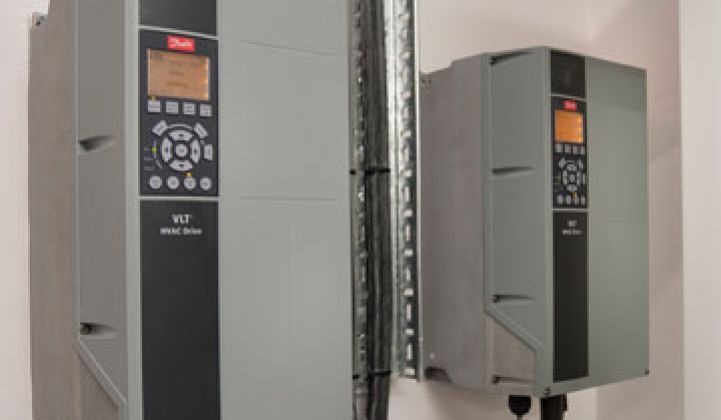Utilities spend a lot of money getting their customers to waste less energy in their buildings -- but they don’t really have much insight into what’s going on inside the buildings themselves. Can the right software help them get it? That’s what Retroficiency is promising with the launch of its new Virtual Energy Assessment tool.
The Boston-based startup already does building-side energy data analysis for customers like Jones Lang LaSalle and SAIC. Now it’s testing its utility-facing tools in pilots with Iberdrola USA, the arm of the Spanish utility that serves about 2.5 million customers in Maine and New York, as well as with French power equipment giant Schneider Electric, according to CEO Bennett Fisher. Just what the two partners might be working on, he wouldn’t say.
The idea is to take the data that utilities pull from interval meters -- the commercial and industrial meters that measure power usage around the clock, typically in hourly or 15-minute increments -- and crunch it into some kind of form that can reveal the energy usage characteristics of the building it serves.
Retroficiency built the platform on technology it bought from renewable energy project developer NexAmp late last year. It also raised a $3.3 million Series A round from Point Judith Capital in November, which includes an $800,000 angel round raised in 2010.
It’s not alone in trying to use interval meter data for deeper building-energy profile analysis. Waltham, Mass.-based First Fuel raised $2.4 million in September to tackle utilities as customers, with a specific focus on hands-off, low-cost tools to help utilities identify the best targets for efficiency spending.
U.S. utilities spent about $6.6 billion on marketing energy efficiency to customers and encouraging them to invest in it through rebates and rate schemes in 2010, according to the Consortium for Energy Efficiency. That total is projected to grow to $12 billion in 2015.
But that money still tends to be spent using a “shotgun” approach, with mass mailings, cold calls and energy-use surveys that require a lot of filtering to find the best targets, Fisher said.
“Utilities today have no good way to prioritize their commercial energy efficiency programs across what could be tens of thousands of buildings,” he said. “We can give them a targeted way to engage with their customers, and deliver actionable energy conservation indicators to get them to take the next step.”
Fisher conceded that interval data analysis can’t replace the engineers that will have to go into buildings to inspect systems and plan out upgrades at some point in the retrofit process. Rather, it’s seeking to help lower the cost of figuring out which buildings make the best targets in the first place. Roughly 15 percent of total building energy retrofit costs can be accounted for by the initial identification and auditing stages that Retroficiency does at much lower cost, he noted.
That could make this kind of analysis more and more valuable to efficiency contractors, making it a likely target of companies with software aimed at the market. San Francisco-based SCIEnergy is pulling building meter and submeter data to cross-reference with its building efficiency management software, for example -- but it’s fielding engineers to manage building retrofit projects, as well.



